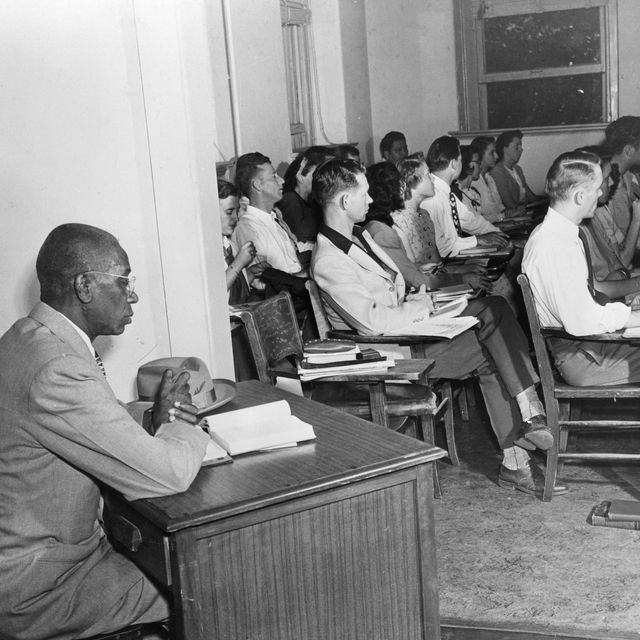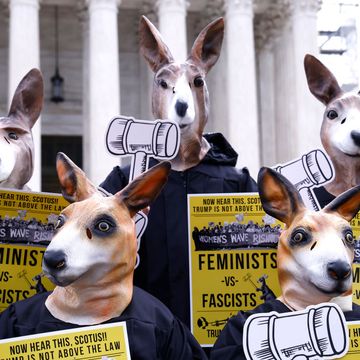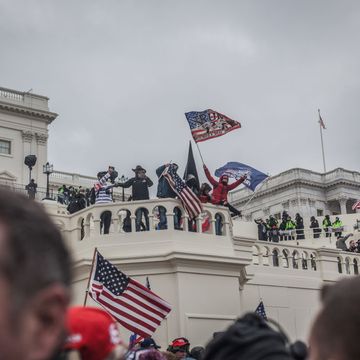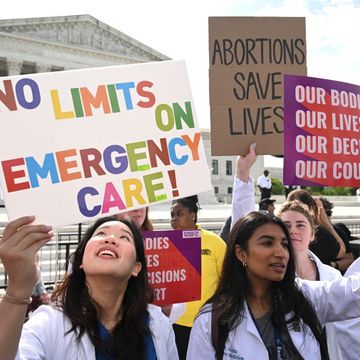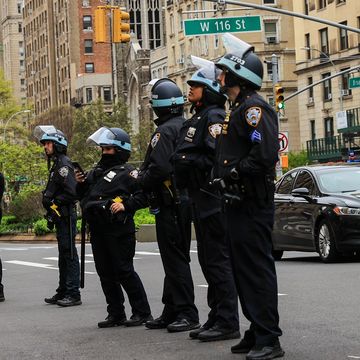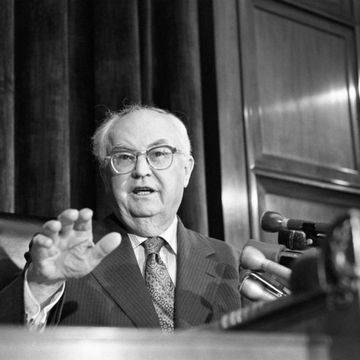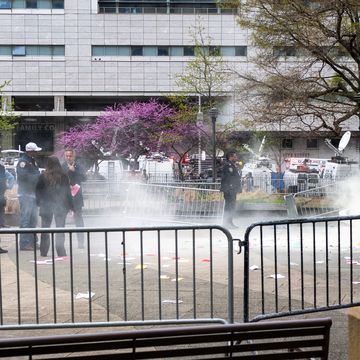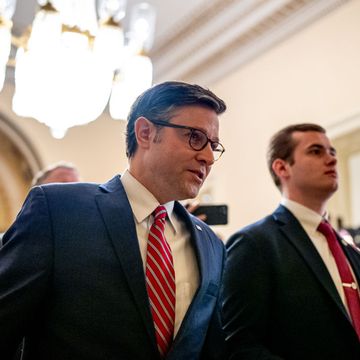In 2014, in Politico, I read a revelatory piece by a Dartmouth historian named Randall Balmer. Up until then, I’d believed what a lot of people in this business believed. We accepted as, well, gospel that the Christian Right had organized itself and rose to power in opposition to the Supreme Court’s decision in Roe v. Wade, which established a woman’s right to end a pregnancy without government interference. After all, it certainly seemed like that had been the case; the Christian Right as we know it exploded into the general public consciousness between the elections of President Jimmy Carter, himself a born-again Baptist, and Ronald Reagan, whose religious convictions seemed to be…pliable. This period roughly coincided with the aftermath of the decision in Roe, which was handed down in 1973.
However, Balmer looked deeply into the historical record and made a compelling argument that what we came to know as the Christian Right got its first taste of political power opposing not abortion, but school desegregation.
But the abortion myth quickly collapses under historical scrutiny. In fact, it wasn’t until 1979—a full six years after Roe—that evangelical leaders, at the behest of conservative activist Paul Weyrich, seized on abortion not for moral reasons, but as a rallying-cry to deny President Jimmy Carter a second term. Why? Because the anti-abortion crusade was more palatable than the religious right’s real motive: protecting segregated schools. So much for the new abolitionism.
In reaction to Brown v. Board of Education and its progeny, Southern conservatives set up what became known as “segregation academies,” independent schools established so that little Polly June Beauregard Culpepper Calhoun didn’t have to go to school with Black children. One of the places where this happened quite conspicuously was Holmes County in Mississippi. Within two years of mandatory desegregation, there were no white children in the public schools of Holmes County.
In Green v. Kennedy (David Kennedy was secretary of the treasury at the time), decided in January 1970, the plaintiffs won a preliminary injunction, which denied the “segregation academies” tax-exempt status until further review. In the meantime, the government was solidifying its position on such schools. Later that year, President Richard Nixon ordered the Internal Revenue Service to enact a new policy denying tax exemptions to all segregated schools in the United States.
Under the provisions of Title VI of the Civil Rights Act, which forbade racial segregation and discrimination, discriminatory schools were not—by definition—“charitable” educational organizations, and therefore they had no claims to tax-exempt status; similarly, donations to such organizations would no longer qualify as tax-deductible contributions. On June 30, 1971, the United States District Court for the District of Columbia issued its ruling in the case, now Green v. Connally (John Connally had replaced David Kennedy as secretary of the Treasury). The decision upheld the new IRS policy.
That new policy got up the noses of conservative activists like Paul Weyrich, and those belonging to administrators of the religiously oriented seg academies as well. The biggest and most famous of these was Bob Jones University in Greenville, South Carolina. When the IRS took away its tax exemption under the Green decision, noting that BJU did not have a single Black student and that its eponymous founder, Bob Jones, Jr., had long held the notion that segregation was divinely ordained and biblically justified, all hell broke loose, you should pardon the expression. You may recognize some familiar names in this passage from Balmer’s piece, and you certainly will recognize a familiar argument or two, old dogs that still hunt today.
Although Bob Jones Jr., the school’s founder, argued that racial segregation was mandated by the Bible, Falwell and Weyrich quickly sought to shift the grounds of the debate, framing their opposition in terms of religious freedom rather than in defense of racial segregation. For decades, evangelical leaders had boasted that because their educational institutions accepted no federal money (except for, of course, not having to pay taxes) the government could not tell them how to run their shops—whom to hire or not, whom to admit or reject. The Civil Rights Act, however, changed that calculus…
For many evangelical leaders, who had been following the issue since Green v. Connally, Bob Jones University was the final straw. As Elmer L. Rumminger, longtime administrator at Bob Jones University, told me in an interview, the IRS actions against his school “alerted the Christian school community about what could happen with government interference” in the affairs of evangelical institutions. “That was really the major issue that got us all involved.”
Abortion only came to the forefront because Weyrich et al. found it harder to muster a mass political movement around racial discrimination than it used to be.
All of this came to mind recently when I read a piece in Forbes by Peter Greene that argued that the seg academies are back, and that American taxpayers may be on the hook for the price of the brand new sheep’s clothing that they’re wearing these days.
North Carolina received a $26.6 million dollar grant from the federal Charter Schools Program in 2018. 42 charter schools received a piece of that grant. Only 30 of those have reported demographic information, according to NPE executive director Carol Burris, and of those 30, 11 have a “significant overrepresentation of White students or a significant underrepresentation of Black students compared with the population of the public school district in which they are located.”
In other words, in North Carolina, charter schools are the new seg academies; in some cases, they are old seg academies that have been repurposed to be charter schools. In any case, they serve the same function that the old seg academies served, and the separate-but-unequal public schools before them. They work in such a way that white and Black students do not learn together.
A report released in 2018 documented in considerable detail how North Carolina’s charter schools have served as “a driver of segregation.” But in 2018 the legislature was debating a proposal to let four wealthy suburbs of Charlotte found their own charters and secede from the larger district. Critics argued that this would further segregation, but the bill became law. It would have been easy for then-Secretary of Education Betsy DeVos to notice that segregation via charters was a hot issue in North Carolina. The Community Public Charter is located on the grounds of the Community Pentecostal Center and listed on the church website as one of its ministries. During 2019, when the school was awarded a CSP grant of $250,000, 95% of the school’s students were White; in the local public district, only 53 percent of the students are White.
In this country’s history, race is a powerful engine for coincidence.

Charles P Pierce is the author of four books, most recently Idiot America, and has been a working journalist since 1976. He lives near Boston and has three children.
